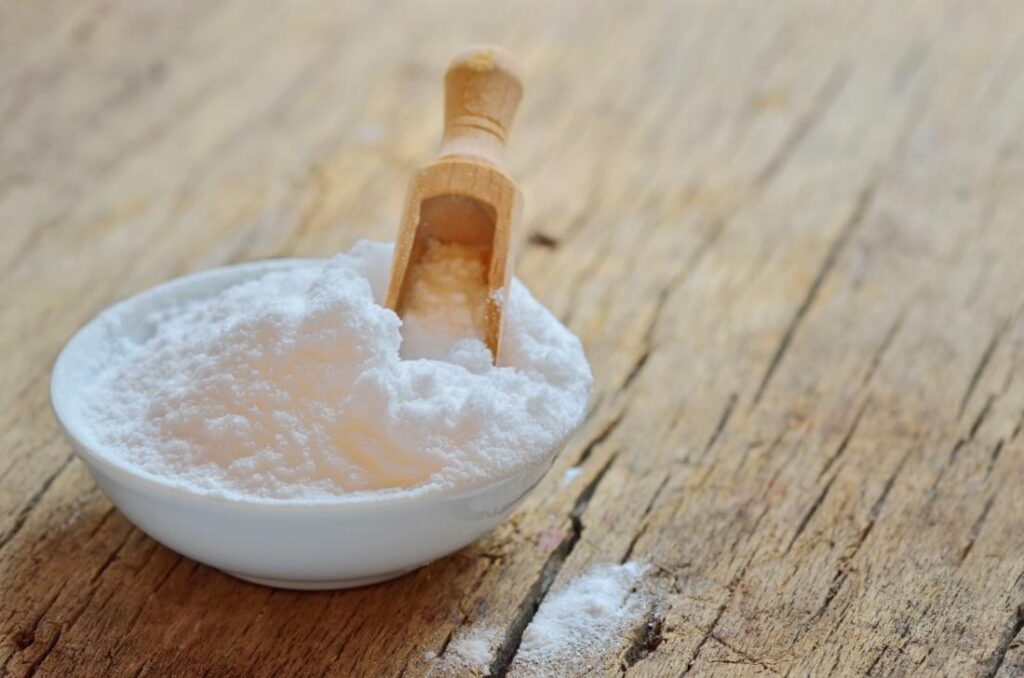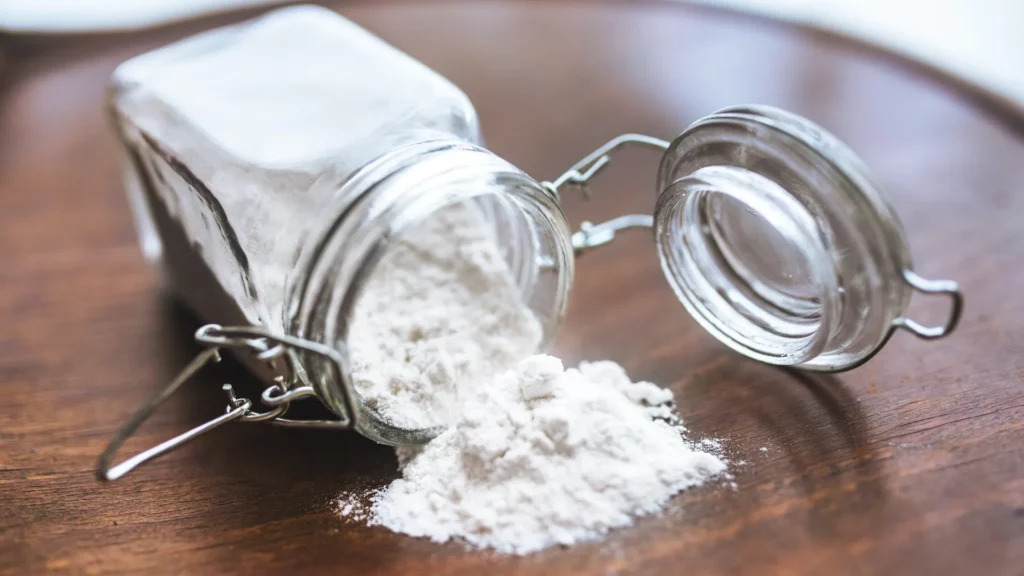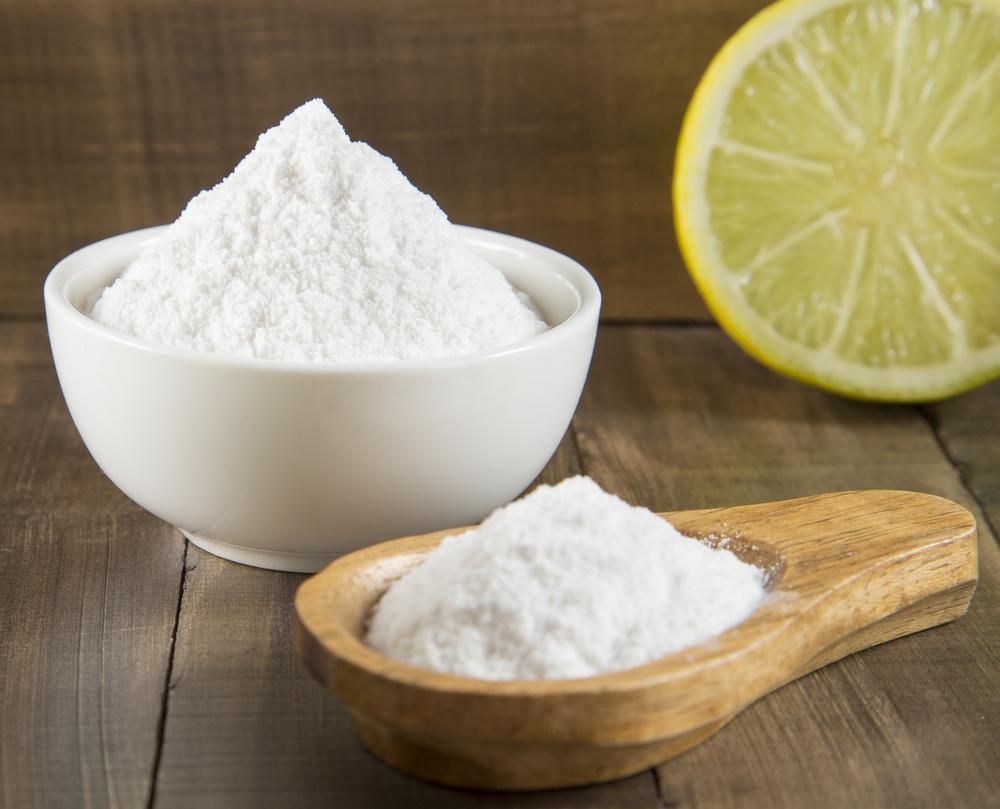Baking soda, also known as sodium bicarbonate, is a versatile ingredient found in many households. While it’s commonly used for baking and cleaning, it also has applications in health and wellness. In this article, we’ll explore seven key nutrition facts about baking soda that can help you understand its benefits and potential risks. From its low-calorie content to its high sodium levels, let’s dive into the details.
1. Calories

One of the first things to know about baking soda is its calorie content—or rather, its lack of it. Baking soda has only about 0.2 calories per gram, making it practically calorie-free. This makes it an ideal ingredient for those who are mindful of their caloric intake. When used in baking, baking soda doesn’t add significant calories to your recipes, which is great for anyone watching their weight or managing a strict diet.
However, it’s important to remember that while baking soda itself has minimal calories, other ingredients used in baking might not be as low in calories. So, while baking soda is a calorie-friendly choice, keep an eye on what else you’re adding to your dishes.
2. Sodium Content
Despite its low-calorie nature, baking soda is high in sodium. A single teaspoon (about 4 grams) contains approximately 1259 mg of sodium. That’s a significant amount, especially when you consider that the American Heart Association recommends no more than 2300 mg of sodium per day for most adults. Excessive sodium intake can lead to high blood pressure, heart disease, and other health issues, so it’s important to use baking soda in moderation.
If you’re on a low-sodium diet, you may want to limit your use of baking soda or find alternative leavening agents for your baking needs. Additionally, when using baking soda as an antacid, be aware that its high sodium content could contribute to other health concerns if consumed excessively.
3. No Fat or Protein

Baking soda is a straightforward ingredient with no fat or protein content. This characteristic makes it a useful addition to many recipes without adding unwanted fats or proteins. While it doesn’t offer much in terms of nutrition, its role in baking is crucial for creating light and fluffy textures in cakes, cookies, and other baked goods.
This lack of fat and protein also makes baking soda a suitable ingredient for people with dietary restrictions. If you’re following a low-fat or low-protein diet, you can use baking soda without worrying about disrupting your dietary goals.
4. Neutralizes Acids
Baking soda’s alkaline nature is one of its most well-known characteristics. Because it’s alkaline, it can neutralize acids, making it useful in several contexts. In baking, this property helps balance the acidity of other ingredients, ensuring that your recipes turn out just right. When combined with acidic ingredients like vinegar or lemon juice, baking soda creates carbon dioxide gas, which helps batters rise and gives baked goods a light and airy texture.
In addition to its baking applications, baking soda’s acid-neutralizing ability is also useful for soothing heartburn and indigestion. By mixing a small amount of baking soda with water, you can create a simple antacid that helps neutralize stomach acid and relieve discomfort.
5. Antacid Properties

Baking soda’s antacid properties make it a popular home remedy for heartburn and indigestion. When consumed with water, baking soda can neutralize stomach acid and provide relief from discomfort. However, it’s important to use this remedy cautiously, as excessive consumption can lead to other health issues due to its high sodium content.
If you’re experiencing frequent heartburn or indigestion, it’s best to consult with a healthcare professional rather than relying solely on baking soda as a remedy. While it can offer temporary relief, it may not address the underlying causes of your symptoms.
6. Cleaning Agent
Beyond its uses in the kitchen, baking soda is a popular cleaning agent. Its gentle abrasive properties make it effective for removing stains, scrubbing surfaces, and eliminating odors. You can use baking soda to clean sinks, countertops, and even deodorize carpets and refrigerators.
To create a simple cleaning paste, mix baking soda with a small amount of water. This paste can be used to clean stubborn stains and grime without causing damage to surfaces. Additionally, baking soda’s odor-absorbing properties make it a great addition to your cleaning routine, helping to keep your home smelling fresh.
7. Cooking Aid
In the kitchen, baking soda is often used as a leavening agent in baking. When combined with acidic ingredients, it reacts to produce carbon dioxide gas, which causes batters to rise and creates a light and fluffy texture in baked goods. This property makes baking soda a key ingredient in many recipes, from pancakes and waffles to cakes and cookies.
If you’re experimenting with baking, understanding how baking soda works can help you achieve the best results. Be sure to measure it accurately and use it in combination with the right acidic ingredients to ensure your recipes turn out as expected.
Conclusion
Baking soda is a versatile and useful ingredient with a range of applications, from baking and cooking to cleaning and health. While it has some nutritional benefits, such as being low in calories and fat, its high sodium content requires caution. Understanding these baking soda nutrition facts can help you make informed decisions about how to use it in your kitchen and home. Remember to use it in moderation, and always consult with a healthcare professional if you have concerns about its impact on your health.



